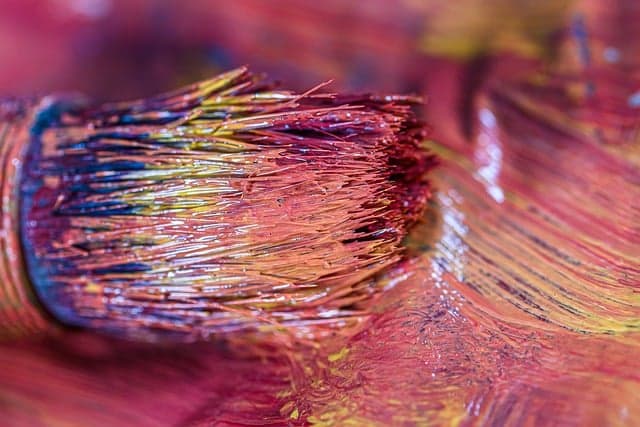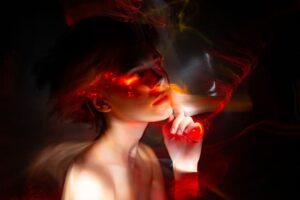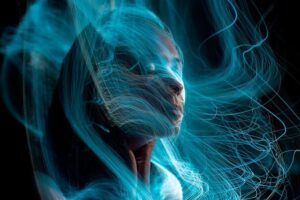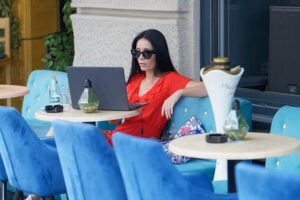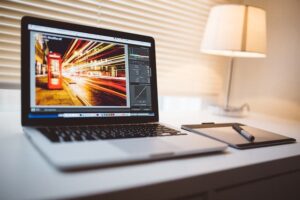Modern artificial intelligence technologies are changing the creative process, offering artists and designers new tools to generate ideas and translate them into unique images. Neural networks can not only speed up work, but also inspire you to create something new. In this article, let’s break down exactly how AI helps creative professionals.
Generating ideas and concepts
One of the main challenges in creativity is finding inspiration. Neural networks can offer unexpected visual solutions:
- MidJourney and DALL-E help generate concept art and stylized images from text descriptions.
- Stable Diffusion allows you to create variations of images with a high degree of customization.
- Runway ML offers tools for animation and graphics processing.
Image enhancement and refinement
AI helps not only to create new images but also to enhance existing images:
- Upscale algorithms increase image resolution without loss of quality.
- Generating backgrounds and textures with neural networks simplifies detail work.
- Image stylization (e.g. Prisma or Deep Dream) gives your work a unique artistic style.
Saves time and automates routine tasks
Artists and designers can automate some of their work, leaving more time for creativity:
- Quickly processing references and sketches.
- Create multiple variations of a single design.
- Optimizing work with colors, shadows and lighting.
Combining classical art and neural networks
AI does not replace the artist, but becomes his assistant. Many creators combine traditional drawing methods with neural networks:
- Generating a basic image and refining it by hand.
- Using neural networks to find new style solutions.
- Applying AI in collaborations between different artists and designers.
Conclusion
Neural networks open new horizons for creative professionals, allowing them to speed up the process of work, find unusual solutions and improve the quality of images. They are becoming not just a tool, but a full-fledged partner in the creative process. The main thing is to learn how to use them correctly, combining technology with your personal artistic vision.
